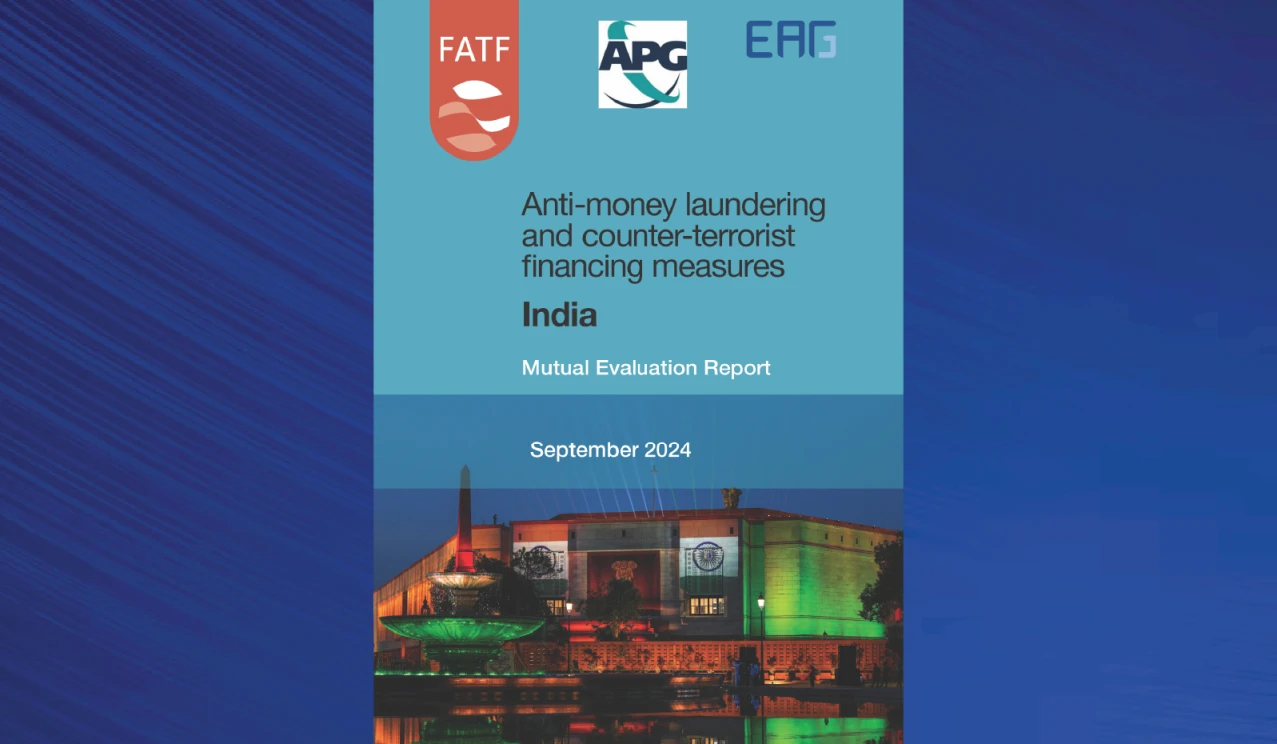The report reveals terrorist organization’s persistent ability to exploit the international financial system to support their activities and carry out attacks.
- Key factors influencing Terrorist Financing (TF) risks include lone actors and small cells requiring minimal funding; porous borders in Africa and South Asia; State sponsorship of terrorism; Free Trade Zones with week regulations, etc.
Trends in Terrorist Financing
- Conventional methods: Cash-based transactions, Hawala and other informal hard-to-trace methods used by groups like Al-Shabaab and Hamas, etc.
- Emerging methods
- Digital platforms: Social media, crowdfunding, and online marketplaces exploited for fundraising; Virtual assets like BitCoin; Online Gaming Platforms for fund transfers; etc.
- Criminal activities: Extortion, kidnapping for ransom (KFR), drug trafficking, and illicit trade in natural resources (e.g., gold, timber) by groups like Boko Haram, etc.
- Use of non-profit and legal entities: Use of Front and shell companies used to obscure TF activities, diversion of funds from non-profit organizations, etc.
Key Recommendations for Counter-Terrorism Financing (CTF) Strategies
- Identify risk indicators: Frequent transfers to high-risk jurisdictions, use of anonymity-enhancing tools like VAs and prepaid cards, etc.
- Coordinated multilateral response: To address transnational dimension of TF this involves multilateral designation of terrorist organizations under UNSC sanctions.
- Outreach to sectors not covered under FATF standards: Develop targeted PPPs to better understand and address threats from social media and messaging platforms.






